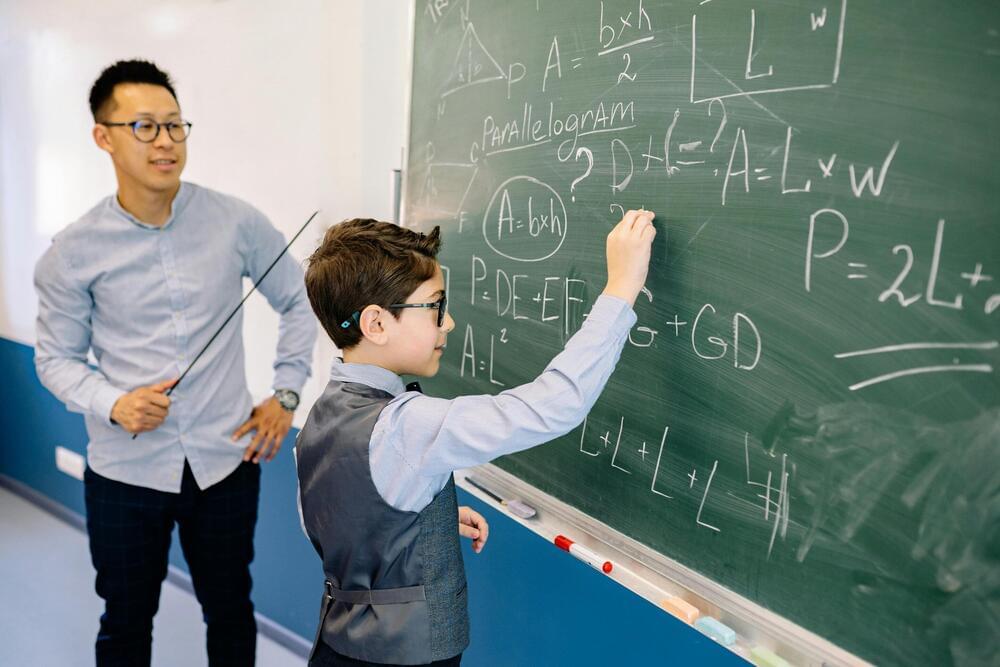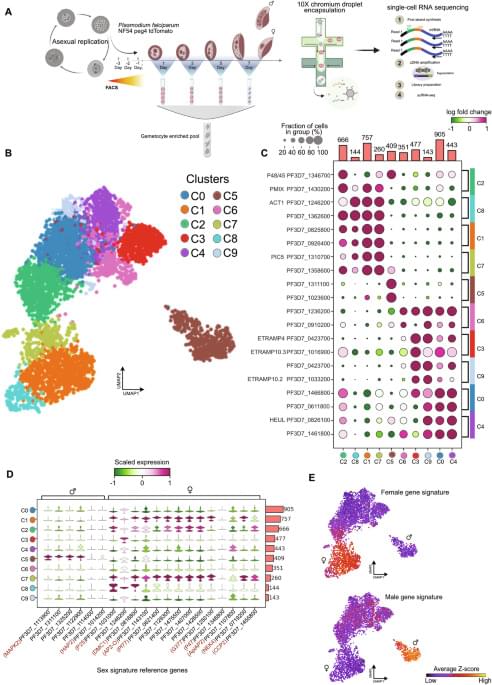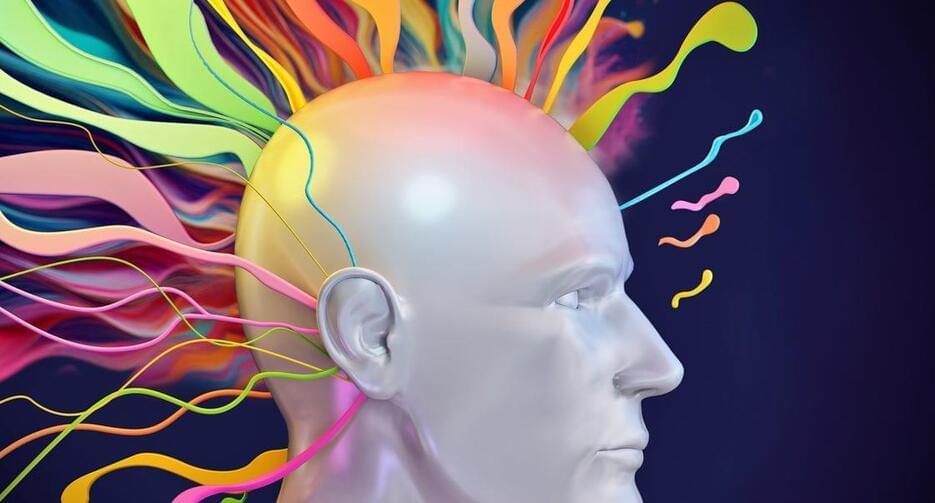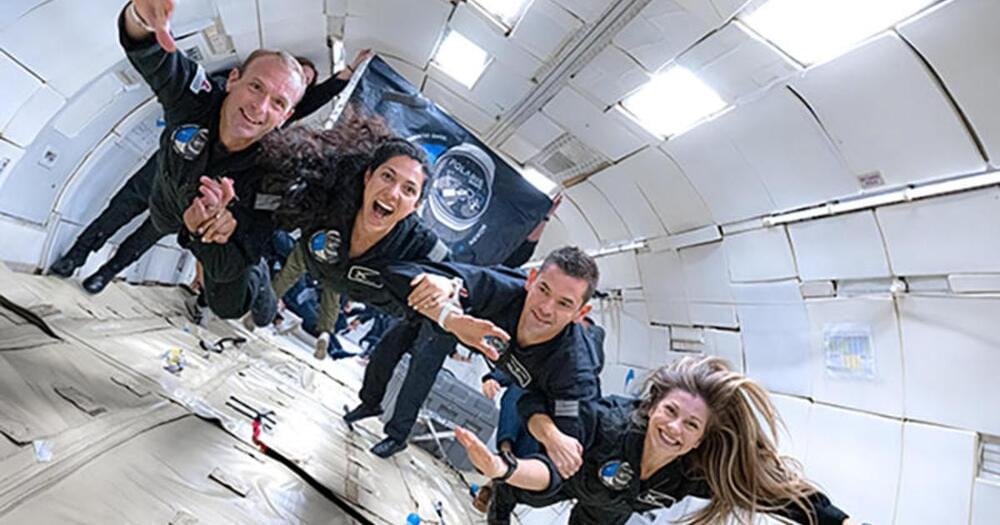Panpsychism vs. Panprotopsychism?Interview from the Conference “Emergence and Panpsychism” in Munich 2011.More information and the complete list of videos he…
Get the latest international news and world events from around the world.
Wild-Ass Sh*t: Consciousness and Psi from a Euryphysics Perspective
Enjoy the videos and music you love, upload original content, and share it all with friends, family, and the world on YouTube.
Organoid intelligence: a new biocomputing frontier | Frontiers in Science
Organoid intelligence (OI) is an emerging scientific field aiming to create biocomputers where lab-grown brain organoids serve as ‘biological hardware’
In their article, published in Frontiers in Science, Smirnova et al., outline the multidisciplinary strategy needed to pursue this vision: from next-generation organoid and brain-computer interface technologies, to new machine-learning algorithms and big data infrastructures.
https://www.frontiersin.org/journals/.…
Citation:
Smirnova L, Caffo BS, Gracias DH, Huang Q, Morales Pantoja IE, Tang B, et al. (2023) Organoid intelligence(OI): the new frontier in biocomputing and intelligence-in-a-dish. Front. Sci. 1:1017235. doi: 10.3389/fsci.2023.

Non-cognitive skills: DNA-based analyses suggest a hidden key to academic success
A new Nature Human Behaviour study, jointly led by Dr. Margherita Malanchini at Queen Mary University of London and Dr. Andrea Allegrini at University College London, has revealed that non-cognitive skills, such as motivation and self-regulation, are as important as intelligence in determining academic success. These skills become increasingly influential throughout a child’s education, with genetic factors playing a significant role.
The research, conducted in collaboration with an international team of experts, suggests that fostering non-cognitive skills alongside cognitive abilities could significantly improve educational outcomes.
“Our research challenges the long-held assumption that intelligence is the primary driver of academic achievement,” says Dr. Malanchini, Senior Lecturer in Psychology at Queen Mary University of London.



Single-cell transcriptomics reveal transcriptional programs underlying male and female cell fate during Plasmodium falciparum gametocytogenesis
P. falciparum (malaria) transmission includes the development of male and female parasite forms called gametocytes, which are taken up by the Anopheles mosquito. The authors of this study use single cell transcriptomics to define the transcriptional programs, identify key regulators and predict novel genes, involved in driving the male and female sexual cell fates.


